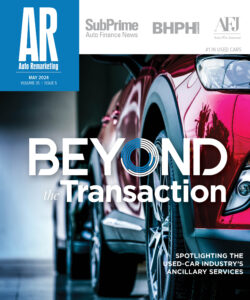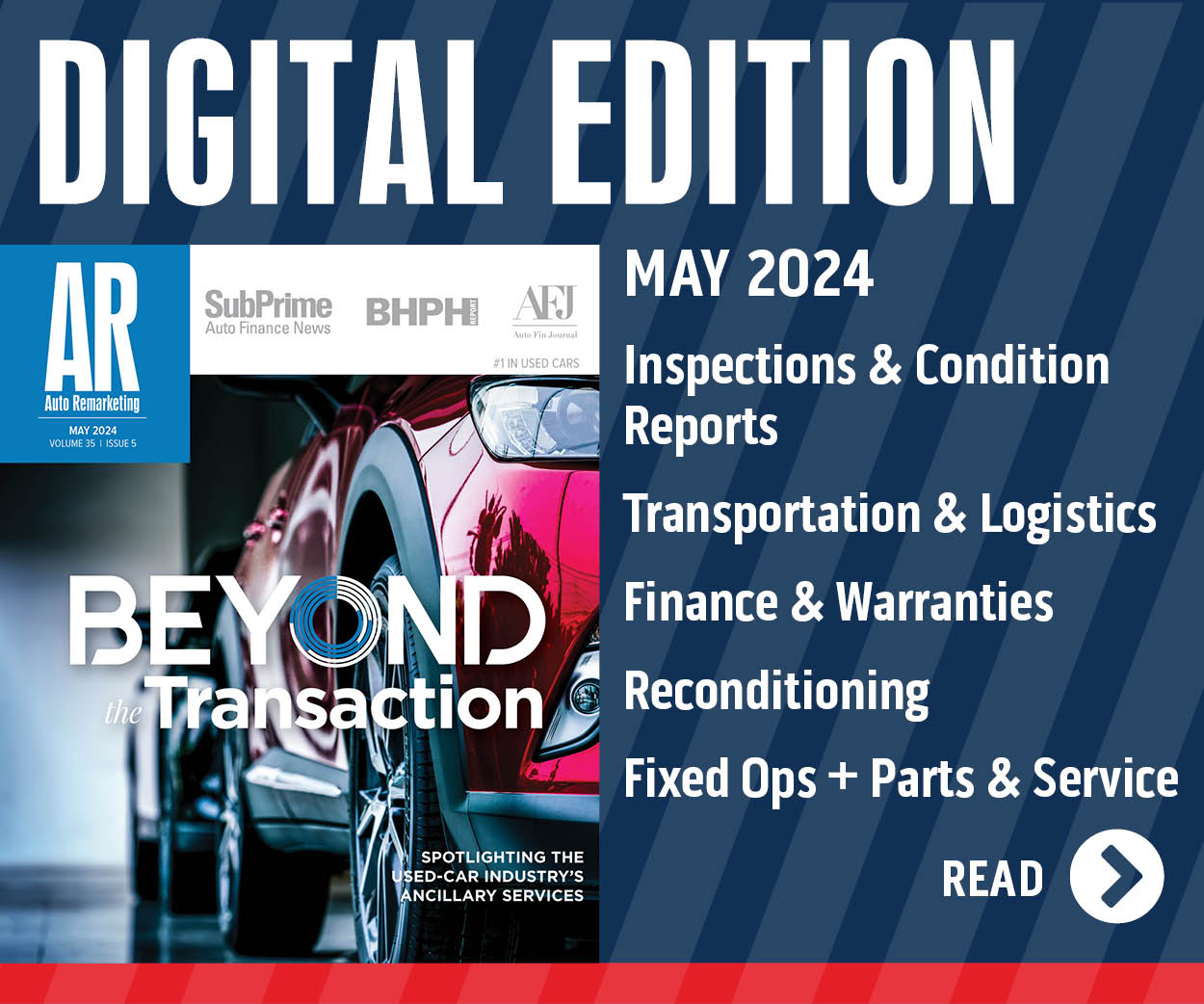Edmunds.com Sees Flatness in OEM Incentive Activity
SANTA MONICA, Calif. — Incentive levels were rather static during June and it looks like the beginning of July won't be very heavy on that front, either, according to Edmunds.com, which released its True Cost of Incentives report on Thursday.
Specifically, the average incentive per vehicle sold in June reached $2,661. This marks a 6.9-percent dip from the year-ago figure and a 1.3-percent decrease over May.
"Automakers are struggling right now, and as they try to determine their most promising next steps, most have kept incentives flat," Jessica Caldwell, director of industry analysis for Edmunds.com, noted. "No big incentives programs have been announced for the July Fourth holiday weekend yet, and that leads me to believe that July won't get off to a very strong start."
The Big 3 averaged $3,471 in incentive spending last month, compared to the May figure of $3,460. Europeans spent $2,334 on incentives per unit sold, down $19 month-over-month.
Incentive spending for Japanese brands was $1,895 per vehicle sold, versus $1,992 in May. Korean brands' incentive spending was at $1,775, up $6.
The industry as a whole spent an aggregate of about $2.64 billion on incentives. This is 11.1 percent lower than the May total.
The Big 3's total spending on incentives was $1.6 billion, while aggregate incentive spending for Japanese automakers hit $704 million. Europeans were at $182 million, while Koreans' spending totaled $137 million.
"Last June incentives were sky-high but sales were depressed as buyers waited for details on the Cash for Clunkers program," shared Michelle Krebs, senior analyst for Edmunds.com, in an AutoObserver.com report. "If the industry was truly recovering, we would be blowing last June's car sales numbers out of the water."
Breaking it down by segment, automakers put the most money, on average, on large trucks at $4,631 doled out per vehicle sold. Premium sport cars were next ($3,883).
Conversely, the segment with the smallest average was the sport car category ($1,371). Subcompacts ($1,393) were next.
Looking at it from the angle of incentives in proportion to average sticker price, large trucks were again tops (12.6 percent). Next up was compact cars (11.7 percent).
On the opposite end of the spectrum, luxury cars were at the bottom (2.2 percent). Sports cars were second-lowest (3.7 percent).
Among individual brands, Saab was tops for average incentives spending ($5,843 per vehicle sold), with Cadillac at No. 2 ($5,505).
Showing the lowest average was Subaru ($533), then Scion ($565).
Mercury was the highest when it came to incentives as a percentage of sticker price (15.5 percent), with Saab next in line (14.5 percent).
Comprising the bottom was Subaru (2.1 percent) and Porsche (2.1 percent).

 View The Latest Edition
View The Latest Edition

